AI-Powered Image Generation

In our previous guide, we explored the vast potential of AI-driven text content generation. Now, we shift our focus to non-text content generation—starting with image generation. Artificial Intelligence is transforming the way we create and interact with visual content. AI-powered image generation tools enable creators to produce high-quality images from text prompts, automate repetitive tasks, and unlock new creative possibilities. These tools are revolutionizing industries such as marketing, design, and entertainment, making visual content creation more accessible, efficient, and imaginative.
The topics covered in this guide include:
- How GenAI Supports Non-Text Content Generation
- Top 10 AI Image Generation Tools (2025)
- AI Tool Case Study: Image Generation
- Other Image Editing and Production Tools
- Enhancing Your Content Generation Productivity
How GenAI Supports Non-Text Content Generation
Generative AI is revolutionizing content creation, enabling businesses to produce high-quality images, videos, and multimedia quickly and affordably. These media assets are essential for SEO. Images can be used on webpages and blog posts, improving user engagement and increasing time on page, which positively impacts rankings. Videos integrated into product pages or blogs enhance on-page SEO and boost visibility.
Social media marketing is another key angle. Sharing AI-generated content on platforms like Instagram, Twitter, and Facebook helps drive traffic to your website, generating backlinks and engagement signals that search engines value. Videos on platforms like YouTube also contribute to better rankings by increasing exposure.
AI-generated images and videos not only enrich content but also help improve search visibility, drive traffic, and enhance user interaction, all of which are critical for SEO.
Four Ways to Generate Non-Text Content
Creating engaging media content is no longer confined to traditional text-based formats. AI has opened up various paths for content creators to explore, each catering to different needs and levels of expertise. Here are four prominent ways to generate media content beyond text:
Leverage Existing Platforms
For many content creators, turning to established platforms that offer a vast library of images and videos is a practical solution. Websites like Unsplash, Freepik, Pexels, and Pixabay provide free or licensed images and video clips that can be easily integrated into projects without the need to create new visuals from scratch. This approach is ideal for quick content production, especially for small businesses and marketers looking to save time and resources. However, while these platforms are convenient, the content is not always unique. As a result, creators may risk using widely available visuals that may not fully align with their brand or creative vision.
Hire Professionals
For those seeking tailored and high-quality content, hiring professionals remains a great option. Platforms like Upwork and Fiverr connect creators with skilled designers, videographers, and animators who can produce custom work based on specific requirements. Whether it’s an original video for a marketing campaign or a custom illustration for a website, professionals bring the expertise needed to execute more complex and refined projects. This option allows for greater creative control and ensures the content stands out. However, this route comes at a higher cost and may require a longer turnaround time compared to other methods.
DIY with Traditional Tools
For creators with some technical skill and access to industry-standard tools, software like Adobe Illustrator, Photoshop, and After Effects offers complete creative control. These programs allow creators to design, animate, and edit content at a granular level, making them ideal for crafting custom images, illustrations, and videos. This method provides the most flexibility, enabling artists to execute their unique vision and build complex media assets from scratch. However, mastering these tools requires time, expertise, and often a steep learning curve, which can make them challenging for beginners or those looking for a quick solution.
Alternatively, tools like Canva and Figma provide user-friendly options for those who need flexibility but with a simpler interface. Canva allows users to easily create graphics, presentations, and social media content through a drag-and-drop system, while Figma offers a cloud-based platform for collaborative design, particularly useful for UI/UX projects and prototypes. These tools strike a balance between ease of use and customization, making them accessible for both beginners and more experienced designers looking to create polished content quickly.
DIY with AI
Traditional design tools are now starting to incorporate AI features, and new AI-powered services are emerging to revolutionize content creation. These tools are democratizing the production of high-quality visuals and multimedia, making it easier for creators at all skill levels to produce professional-grade content. AI platforms like DALL-E, Sora, Adobe Firefly, Canva, and Suno are all leading the way, allowing users to generate images, videos, music, and other media with minimal input—often just a simple text prompt.
For example, DALL-E can create photorealistic images from descriptions, while Canva integrates AI features that allow users to design graphics, social media posts, and presentations using templates and simple edits. Sora takes this a step further by generating entire videos from text-based scripts, while Adobe Firefly is now also empowering video generation, allowing creators to quickly produce custom visuals and animations with ease. Suno specializes in generating music, offering an innovative way for creators to compose original tracks tailored to specific moods or themes.
What sets these AI tools apart is their use of deep learning models trained on vast datasets, enabling them to produce content that would typically require specialized skills and software. AI can also enhance existing media by offering creative suggestions, altering styles, or automatically adjusting elements to fit specific themes. These tools are accessible to anyone—from novice creators to seasoned professionals—eliminating the need for advanced technical expertise. Additionally, AI-driven content creation is not only faster and more affordable but also allows marketers and creators to keep up with the fast-paced demands of digital media production.
By integrating AI into the content creation process, businesses and individual creators can streamline production, reduce costs, and unlock creative possibilities that were once out of reach.
Top 10 AI Image Generation Tools (2025)
To help you navigate the landscape of AI image generation tools, we consulted multiple AI Chatbots, including ChatGPT, Gemini, Grok, Perplexity, and Claude, to compile a comprehensive list of the top 10 AI image generation tools for 2025.
We assessed these tools using an integrated ranking system where the top-ranked tool received 10 points, the second one got 9 points, and so on, down to the 10th spot, which earned 1 point. By summing up the points from each AI chatbot, we derived the final ranking, which highlights the leading tools in the industry.
1. Midjourney
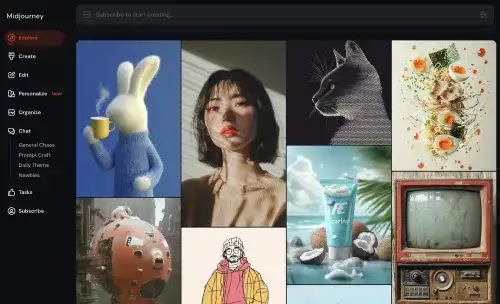
Midjourney claims the top spot as the leading AI image generation tool of 2025. Known for its remarkable ability to generate hyper-realistic, artistic, and imaginative images, Midjourney has become a favorite among digital artists and graphic designers. With its user-friendly interface and powerful generative models, it enables users to create stunning visuals from text prompts with amazing detail and creativity.
2. DALL·E 3
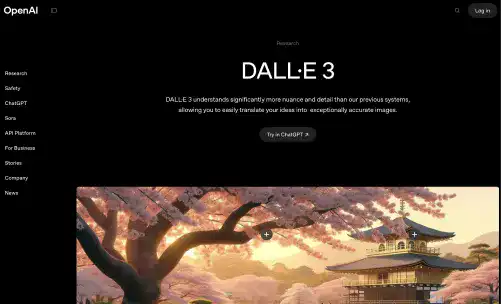
DALL·E 3, developed by OpenAI, continues to be one of the most innovative AI image generation tools in the market. It excels at transforming natural language prompts into highly creative and visually accurate images. Known for its ability to generate completely original images and understand complex instructions, DALL·E 3 is widely used for everything from advertising and digital art to social media content creation.
3. Adobe Firefly
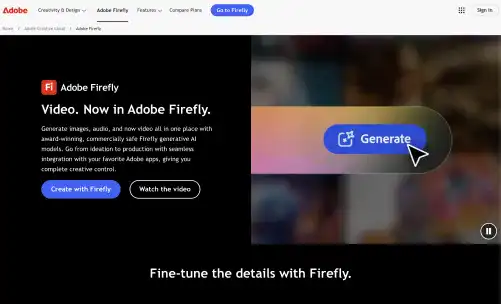
Adobe Firefly integrates generative AI into Adobe's suite of creative tools, making it a powerful choice for designers, illustrators, and marketers. With Firefly, users can generate images, patterns, textures, and more, all while maintaining full control over customization. Adobe's reputation for professional-grade design software makes Firefly an appealing choice for those already in the Adobe ecosystem.
4. Stable Diffusion
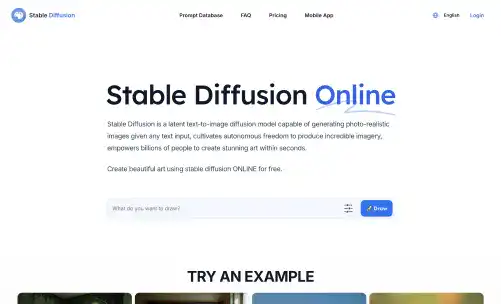
Stable Diffusion is an open-source model for generating images from text prompts, offering powerful customization and flexibility. It is not a SaaS solution, so users typically need to run the model locally or use platforms that host it. This open-source nature allows developers and artists to fully control the model, enabling them to tweak it for specific needs or integrate it into custom workflows.
For users who prefer an easy, web-based experience, there are several platforms that host Stable Diffusion as a service, eliminating the need for setup. Some popular options include DreamStudio and NightCafe.
5. Leonardo.AI
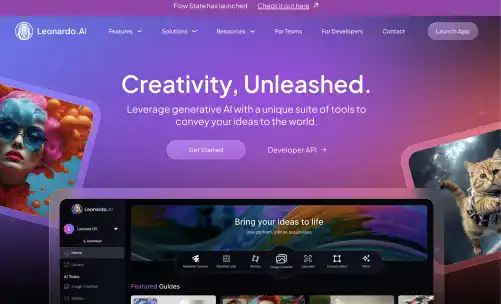
Leonardo.AI is rapidly gaining popularity for its ability to generate highly detailed and aesthetically pleasing images. With a focus on enhancing creativity, it allows users to generate realistic scenes and characters. Leonardo.AI is favored by professionals in gaming, marketing, and digital media who need unique and captivating visual content for their projects.
6. Canva AI Image Generator
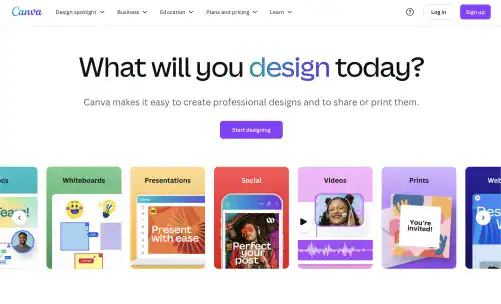
Canva's AI Image Generator is a fantastic tool for designers who need to quickly create high-quality visuals for social media posts, presentations, and other design projects. Integrated within Canva’s easy-to-use platform, it makes AI-generated visuals accessible to beginners and professionals alike. This tool excels in offering a wide range of customization options, from adjusting colors to adding elements.
7. Ideogram
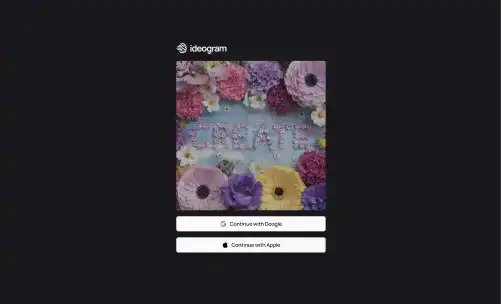
Ideogram focuses on generating logos, icons, and other design assets, using AI to help brands quickly create visuals that are both creative and professional. With its advanced algorithms, Ideogram helps users produce logos that are not only visually appealing but also aligned with their brand's identity and goals. This makes it a perfect tool for businesses looking to create unique visual assets.
8. Recraft
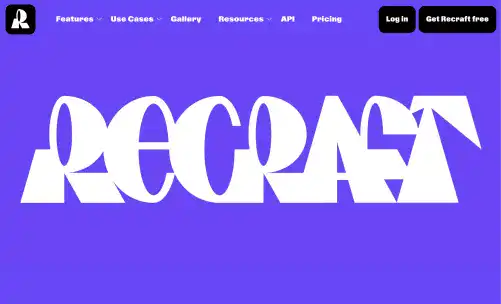
Recraft specializes in turning user-provided content, such as photos and sketches, into highly refined and stylized images. Its ability to transform simple inputs into polished, professional designs makes it a standout tool for graphic designers, artists, and photographers. Recraft is ideal for users looking to quickly enhance their creative assets.
9. NightCafe
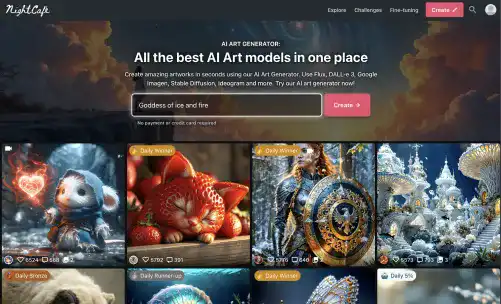
NightCafe is a versatile platform for generating AI-powered artwork, and it integrates multiple models, including Stable Diffusion. It allows users to create stunning, creative visuals from text prompts in various artistic styles. Whether you're interested in generating abstract art, surreal landscapes, or photorealistic images, NightCafe provides an easy-to-use interface and a range of options for customization. The platform is especially popular among creators looking to experiment with different artistic outputs and produce high-quality images quickly.
10. Generative AI by Getty Images
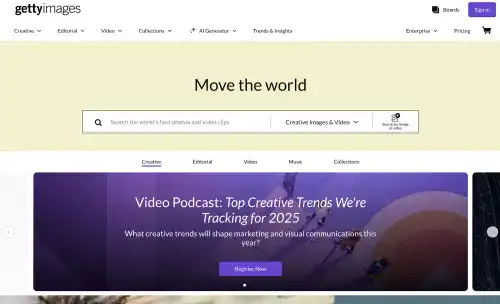
Getty Images, known for its vast library of high-quality stock images, has also entered the AI image generation space with its own generative tool. The platform uses AI to generate images based on text prompts and offers a unique advantage for businesses and creators looking to access both AI-generated content and Getty's extensive collection of professional imagery.
AI Tool Case Study: Image Generation
One of the most exciting aspects of AI image generation tools is that they allow anyone—whether you're a designer or a complete beginner—to create stunning visuals with just a few simple text prompts. The most challenging part of using these tools, however, is often knowing where to start. With so many options available, it can be overwhelming to figure out which tool best suits your needs and how to get the most out of it. To make things easier, we've chosen three tools from the top 10 AI image generation list to help you dive in and get hands-on experience. In this section, we'll walk you through the process of using DALL-E, Adobe Firefly, and Canva—providing you with a concrete understanding of how to generate professional-quality images quickly and effectively.
Additionally, we’ve also explored the image generation capabilities of other popular AI chatbots like Gemini and Grok. While these platforms offer similar results to DALL-E, each has its own strengths and nuances. By comparing these tools, you’ll get a broader view of what’s possible with AI-driven image generation.
DALL-E (OpenAI)
DALL-E, OpenAI's powerful image generation model, is now easily accessible through the ChatGPT platform. By simply typing a description of the image you want to create, ChatGPT connects to DALL-E and generates an image based on your request. Below is an example:
Sample AI prompt:
Generate an image of a lion flying with wings
Image generated by DALL-E
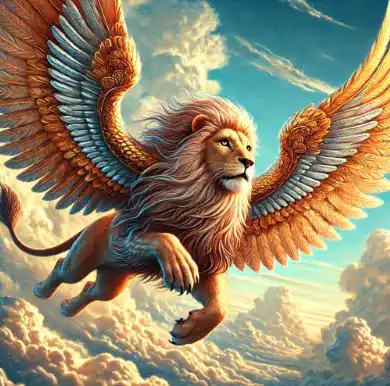
Tips for generating image using DALL-E
- Be specific with your prompts: The more detailed your description, the more accurate the image will be.
- Use descriptive adjectives to refine the style (e.g., "surreal," "photorealistic," "vintage").
- Experiment with multiple variations to get the best result.
- If you're not satisfied with the first output, modify your prompt to make it clearer or adjust the style.
Other AI Chatbots
While image generation capabilities vary across different AI chatbots, platforms like Gemini and Grok deliver results comparable to ChatGPT’s DALL-E integration. For example, when using the same prompt ("Generate an image of a lion flying with wings"), both Gemini and Grok produce similar high-quality images. As of February 2025, DeepSeek and Perplexity do not generate images, while Claude provides only basic SVG-style graphics. These capabilities are continuously evolving, and improvements are expected over time as each platform refines its models.
Gemini
Produces a result similar to ChatGPT’s DALL-E integration.
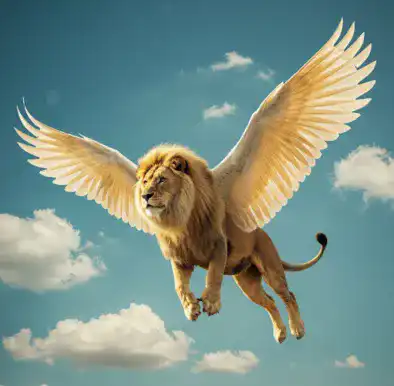
Grok
Offers similar results, often with multiple image options.
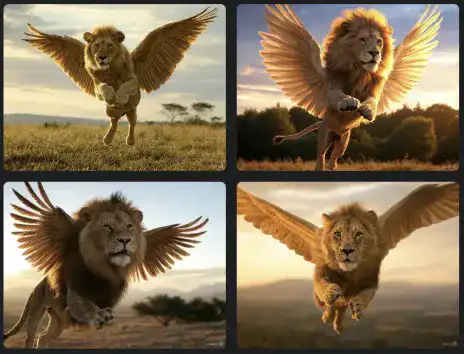
Firefly (Adobe) for Image
Firefly, Adobe's AI-powered creative tool, is part of the Adobe suite and offers a more robust set of features for visual content creation. It is designed for professionals who need more functionality than typical AI chatbot tools provide. Firefly is accessible through a web browser as well as within Adobe's creative software, like Illustrator and Photoshop.
To start using Firefly via the web browser:
- Visit the Firefly website.
- Create an Adobe account (you can try Firefly for free).
- Type your desired prompt in the text box.
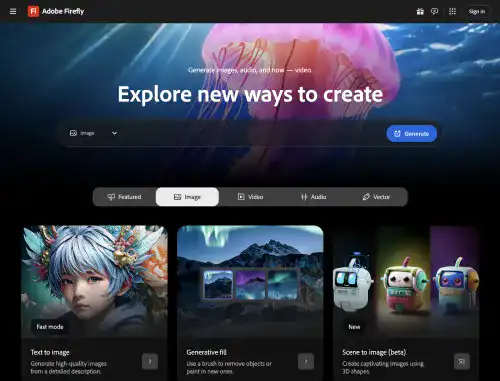
- Explore the image options generated.




